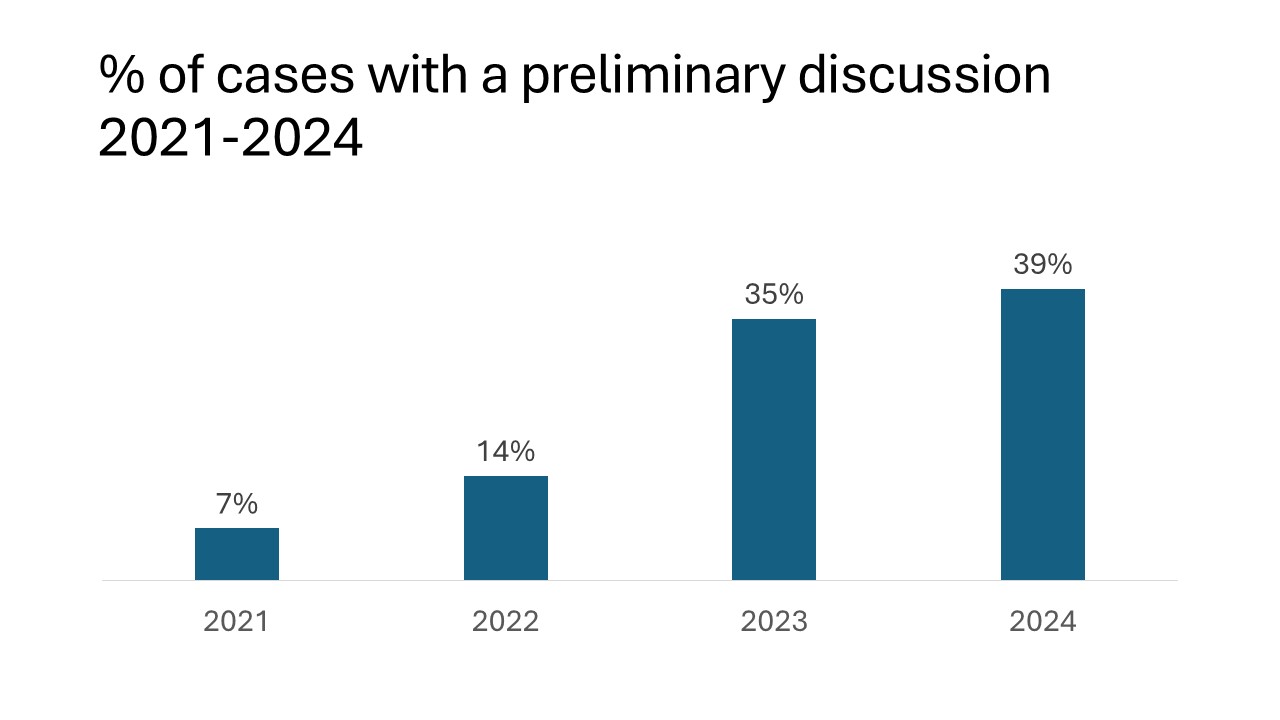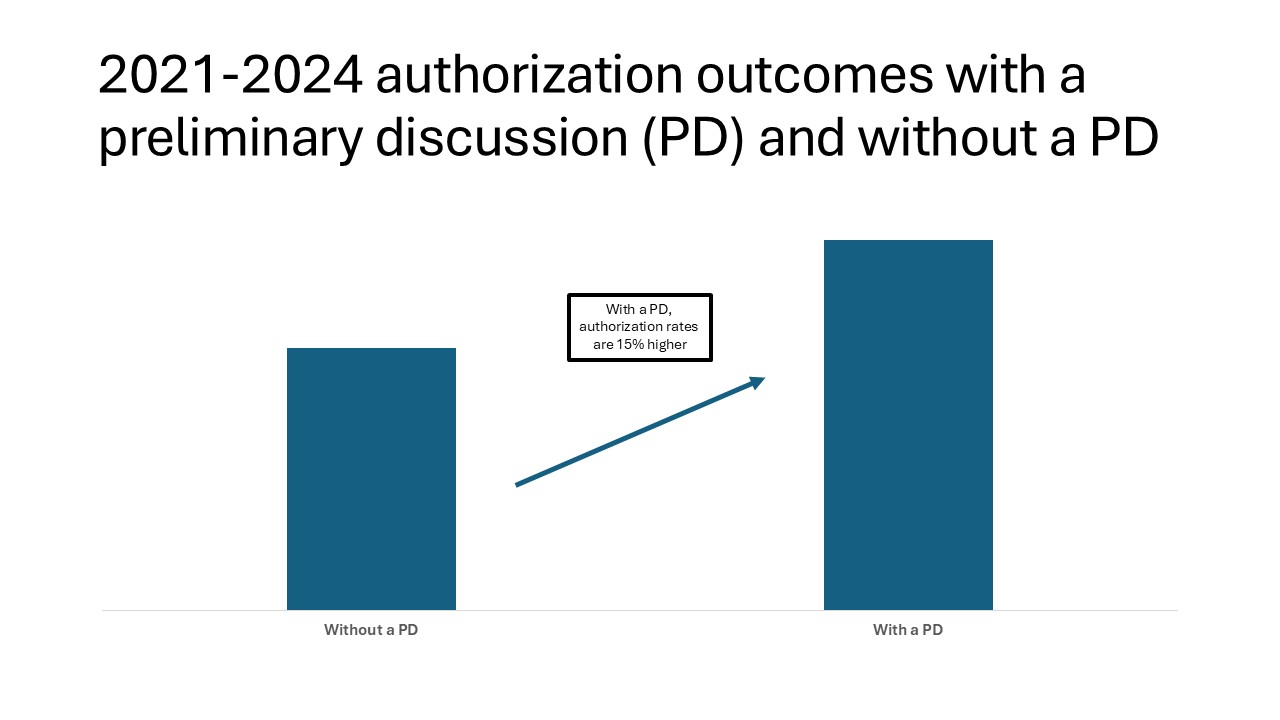Timing matters: Engaging potential donor families sooner increases authorization rates
jill stinebring1, Steven Averhart1.
1Organ Donation Services, New England Donor Services, Waltham, MA, United States
Introduction: Obtaining legal permission for organ donation remains one of the best ways to increase the number of organs available for transplant. Organ Procurement Organization (OPOs) should be committed to continuous performance improvement for authorization rates. We hypothesized engaging the next of kin (NOK) of potential donors earlier during the hospitalization would reduce donation declines due to timing – the timing it takes for the organ donation process to unfold – and increase authorization rates.
Method: In 2021, our OPO made the strategic decision to engage with specific potential donor families sooner during their loved one’s hospitalization instead of waiting until after a formal withdraw of life support decision. Specific potential donor families were identified using daily family assessments together with relevant clinical information to detect families that were close to making end of life decisions for their loved one.
Results: Over a four-year period, our OPO conducted 4,794 donation discussions with potential donor families. 26.3% of these discussion included a preliminary discussion with the NOK (n=1261).

For potential donors that were not registered (n=2853), authorization rates were 15% higher during this time than those cases where a preliminary discussion about organ donation did not occur.

Further, declines due to timing dropped by 8% during this period.
Conclusion: To grow the number of life-saving organs available for transplant, OPOs must continually strategize to increase authorization rates. Reducing the number of declines for timing will increase authorization rates because the donation process can be included in the end-of-life plan for a potential donor. Discussing donation with families after a formal end of life decision puts authorization at risk because many families – even if they support organ donation – will not be able to wait for the donation process to unfold once they are ready to withdraw life-sustaining measures for their loved one. Being transparent with potential donor families by sharing the donation possibility with families sooner, allows them to make end of life plans with all the necessary information. This transparency improves authorization rates for donation by decreasing non-authorized cases due to timing. Barriers exist to implementation of preliminary discussions. Removing barriers such as late notification of a potential donor to the OPO is essential to increasing authorization rates and improving the donation process for donor families.
[1] authorization